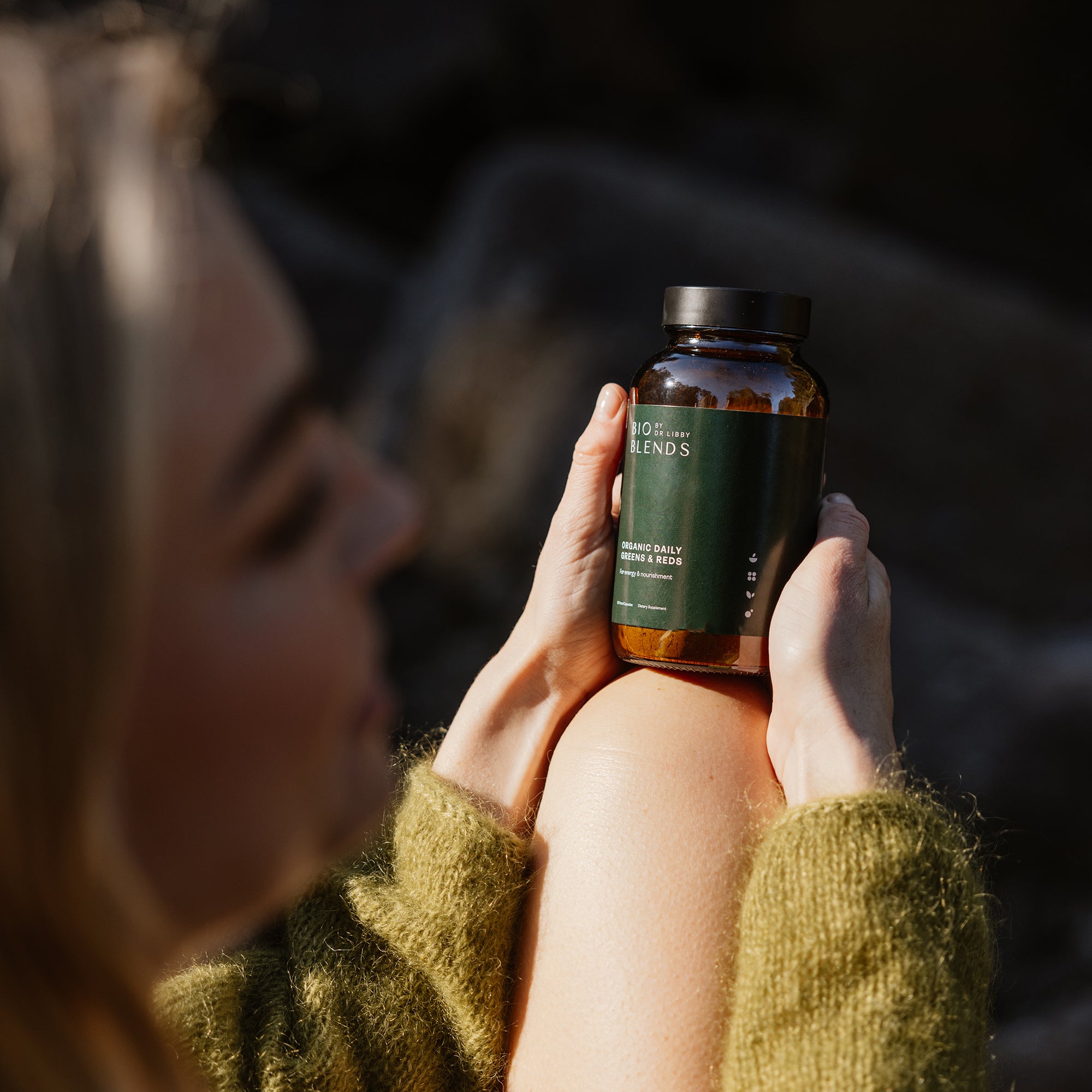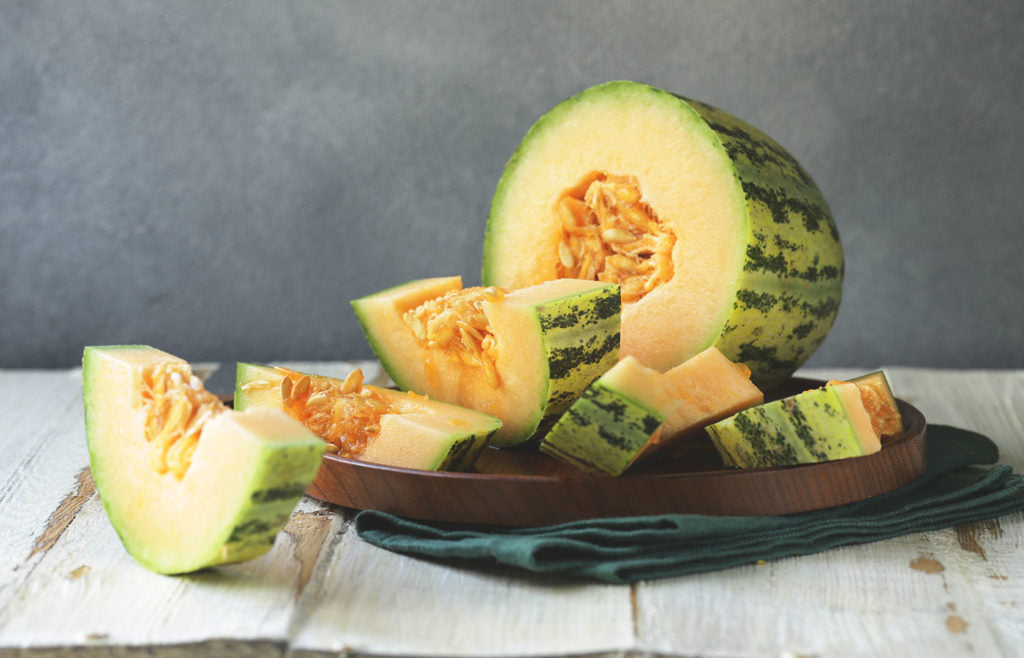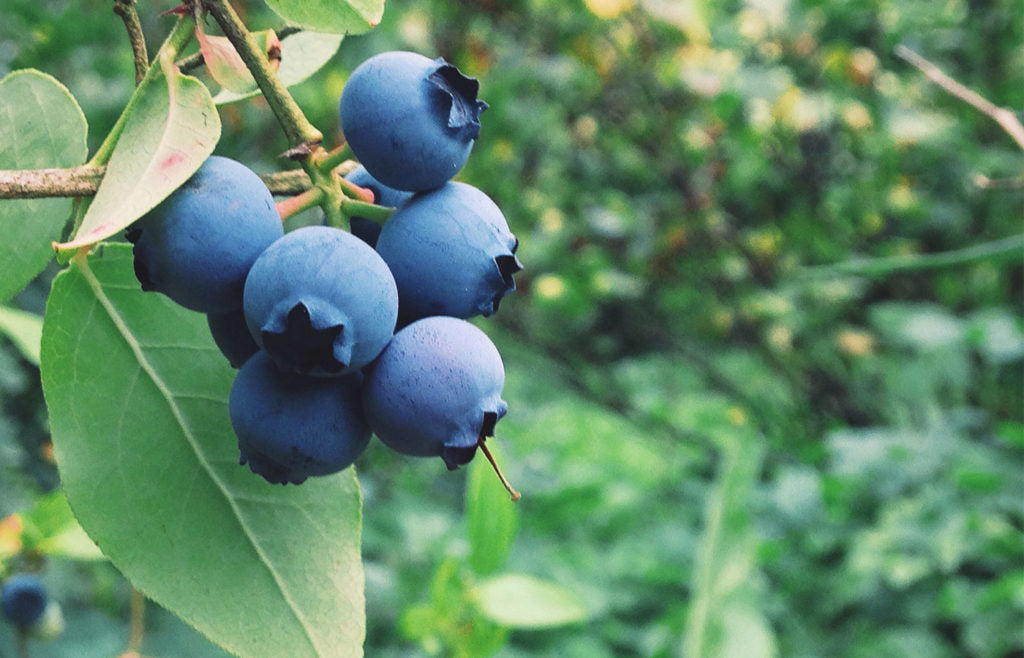
How insulin resistance shows up on your skin
The signs and symptoms happening on the surface of our skin can give us important clues to potential health issues happening in our internal biology – we just have to listen. Insulin resistance is one example where our skin might be trying to send us warning signals to pay attention to before the development of more serious, chronic disease.
What is insulin resistance?
Insulin is a hormone produced by the body, and its job is much like the bouncer on the door to a nightclub, letting people in and out to keep the numbers inside at a safe level. Similarly, insulin allows glucose from the blood to enter our cells to be used for energy, or to be stored as fat for later use. Just like an overworked nightclub bouncer, if insulin is called on to work back-to-back shifts with no break, it gets tired, inefficient, and needs help. Because it is performing its role so poorly, more and more insulin is required to do the same job, resulting in insulin resistance.
Insulin resistance develops insidiously over time as the body’s cells become less responsive to insulin and can’t as easily take up glucose from the blood. For example, where once it took five units of insulin to deal with five units of glucose, now it takes 10 units of insulin to deal with five units of glucose. This means the amount of glucose in the blood can be too high to too long, which is highly damaging to blood vessel walls.
Insulin resistance is the first stage of a pre-type 2 diabetes state, and almost always precedes a diagnosis of type 2 diabetes unless significant dietary and lifestyle interventions are implemented to change the trajectory of an individual’s health.
Approximately 70–80% of people in the obese category, and most people with type 2 diabetes and polycystic ovarian syndrome (PCOS) have underlying insulin resistance. Unfortunately, insulin resistance can go undetected for some time, making it a relatively invisible health issue. The gold standard tests for a medical diagnosis of insulin resistance can be invasive (such as what’s known as the euglycemic insulin clamp) and unreliable (such as a test called the HOMA-IR lab test), which is why it’s so important to take notice of the signs your body is communicating to you. There are some blood tests that can offer insight, which are an easily accessible first port of call: fasting blood glucose levels (BGL) and fasting insulin, tested with the same blood draw. A glucose tolerance test (GTT) may also be requested by your GP or holistic health practitioner.
Finding answers in the skin you’re in
The skin is by no means diagnostic but it can offer you clues about what’s happening on the inside. Visible signs on the skin may actually appear many years ahead of any other clinical signs of impaired glucose tolerance. These cues from your body can give you the opportunity to make some changes to your diet and lifestyle before chronic health issues develop.
Skin tags, also known as acrochordons, are often a visible indicator of insulin resistance. They are a small protrusion of skin (that looks a bit like a bubble of skin) that hangs from a stalk-like structure. They can often be found on the neck, in folds of skin, such as arm pits or beneath the breasts, and they can be skin-coloured, or darker than the skin tone (resembling a mole).
Another skin sign to look out for is darkened, thickened patches of skin known as acanthosis nigricans. This hyperpigmentation can be a sign of blood glucose dysregulation and is most often seen in the folds of the underarms, on the backs of the knees or on the neck.
There is also a range of other skin signs that can be associated with the development of insulin resistance or pre-type 2 diabetes such as cellulitis, psoriasis, a condition known as hidradenitis suppurativa, hirsutism, acne, and skin that is prone to infections or unexplained rashes. Please note, these signs can relate to other health conditions as well.
Supporting blood sugar and insulin
There are a number of dietary, lifestyle and nutritional interventions that are supportive in the prevention of metabolic issues and chronic disease. Focusing on good hydration, eating mostly whole read food, including plenty of vegetables, moving regularly throughout the day, prioritising a good night’s sleep and being aware of what causes us stress (and minimising it!) are some essential first steps.
When the body needs additional support, an important mineral to consider is zinc. Not only has zinc been shown to be a crucial element in the biosynthesis of insulin, but those with insulin-dependent (type 1) diabetes have also been shown to have hyperzincuria, meaning that they lose double of the amount of zinc via urination compared to someone without type 1 diabetes. Zinc has also been shown to have a protective role in decreasing the risk of developing type 2 diabetes.
Skin health and its role in insulin and blood sugar control are just two of over 300 biological functions that zinc is responsible for. Most of us aren’t getting enough zinc from our diet alone due to nutrient-poor soil, and zinc deficiency is now one of the most common nutritional deficiencies in the world. A plant-based form of zinc sourced from organic guava leaves is a stand-alone formula in the Bio Blends Organic Zinc, and is also included in the Bio Blends Skin Nutrition formula to support skin health.
References
- González-Saldivar G, et al. Skin Manifestations of Insulin Resistance: From a Biochemical Stance to a Clinical Diagnosis and Management
- Dermatol Ther (Heidelb). 2017 Mar;7(1):37-51.
- Tamega Ade A, et al. Association between skin tags and insulin resistance. Bras Dermatol. 2010;85(1):25-31
- Phillips P. Hyperinsulinaemia. Australian Family Physician. 2004 April; 33(4):241-242
- Uzuncakmak TK, et al. Cutaneous manifestations of obesity and the metabolic syndrome. Clin Dermatol 2018 Jan-Feb; 36(1):81-88
- Diabetes: 12 Warning Signs that Appear on your skin. The American Academy of Dermatology Association. Viewed March 2021.
- Ranasinghe P, et al. Zinc and diabetes mellitus: understanding molecular mechanisms and clinical implications. Daru. 2015 Sep 17;23(1):44.
- Emdin SO, et al. Role of zinc in insulin biosynthesis. Some possible zinc-insulin interactions in the pancreatic B-cell. Diabetologia. 1980 Sep;19(3):174-82.
- Cunningham JJ, et al. Hyperzincuria in individuals with insulin-dependent diabetes mellitus: concurrent zinc status and the effect of high-dose zinc supplementation. Metabolism. 1994 Dec;43(12):1558-62.




